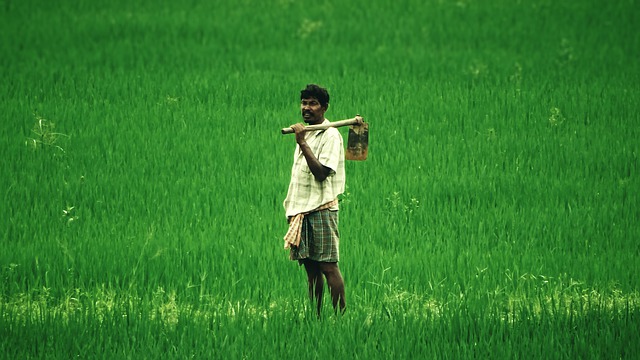The debate on the rising prices of onion have wrecked havoc in the Lok Sabha, and to defend the government’s stand on the same Finance Minister Nirmala Sitharaman made an interesting and unexpected comment. While the growing prices of onion have brought about immense hardships for a large section of the Indian population for whom it is a culinary staple, Nirmala Sitharaman showed sharp indifference when she said that onions are not part of her kitchen and that she comes from a family that doesn’t care much about onions and garlic. Her surprising remark ended up drawing laugher from her colleagues in the Lok Sabha.
Perhaps, Nirmala Sitharaman needs to begin eating some onions so that she is at least sensitive enough to the fact that for most ordinary Indians, the rise in its price is a matter of grave concern.
From the economically marginalised and impoverished labourer who would at least be ensured of an onion to chew with his dried Rotis to the middle-class house wife who required onions to put in most dishes that she cooked on an everyday basis can no longer afford it. The rising prices of onions has indeed caused great difficulties for a lot of people across India for whom it has been nothing short of a culinary staple.
Congress leaders P.Chidambaram, Adhir Chowdury, Gaurav Gogoi and many others protested outside the Parliament premises against the rapid rise in the price of onions. They could not be consoled by the Modi regime’s steps to pull down onion prices and alleged that the government was harassing the poor by being ineffective in the control and supply of onions in the market.
Onions are one of the most widely used vegetables in Indian cooking and their widespread usage especially in northern Indian kitchens has made them indispensable to most everyday as well as exotic dishes. It is perhaps due to this reason that a rapid hike in the price of onions has brought about difficulties for most home-makers, leave alone restaurants and canteens. We have been seeing a sharp rise in the price of onions since May this year. We are being told that this is being caused by the delayed arrival of the new crop and the damage that the onion crop had experienced in the states responsible for growing most of India’s onions such as Maharashtra, Karnataka and Madhya Pradesh.
It was because of the decrease in the onion production in the primary onion growing states that the availability of onions dipped massively in the wholesale market.
In the wholesale market of Maharashtra, the price of one quintal of onions in January,2019 was between Rs 500-600 but in May the prices rose to Rs 1,000.
Lasalgaon in Maharashtra is the largest onion market in the country and sets the price trends for the crop throughout the country. Retail prices across most cities in India have been moving between Rs 70-80 per kg.
The onion crop is generally cultivated in April or after it. The crop can be stored for long durations since it has very less moisture content, the merchants keep selling out the produce until October when the new crop has arrived.
Rabi along with two other harvests, Kharif(harvested after October) and late Kharif(harvested between January-March) feed the market throughout the year.
The Rabi crop was heavily affected by a drought that took place in 2018, both the Kharif and the late Kharif crops were delayed, firstly by the late arrival of the monsoon and later by heavy rainfall in October when the crop was ready to be harvested.
In the beginning of the April season, farmers had stored 22 lakh tonnes of onions, of which just around 5-6 percent remain.
The land under the crop of onion according to the Ministry of Agriculture has fallen from 2.97 lakh hectares between 2018-19 to 2.58 lakh hectares this year. The dip in onion production is due to the delayed monsoon and the fact that the onion belt had seen significant reduction in onion sowing due to the delay in the monsoon.
What contributed most to the rise in the price of onions was the fact that the crop was simultaneously damaged in Madhya Pradesh, Rajasthan and Gujarat due to the heavy unseasonal rainfall that began to hit these states from September onwards.
Following a series of less stringent steps to deal with growing onion prices, the government decided to put a complete ban on the export of onions and also put a limit on how much onion traders could hold at a given point of time. The decision of allowing the import of 1 lakh tonnes of onion is the latest move by the government to control the growing price of onions.
It is expected that around 2,000-4,000 tonnes have already been docked across the Mumbai ports and are expected to reach the markets in the days to come. It is hoped that such moves in the coming days would drastically help the markets to revive their onion stocks and the price of onions to rapidly fall over the next couple of months.













